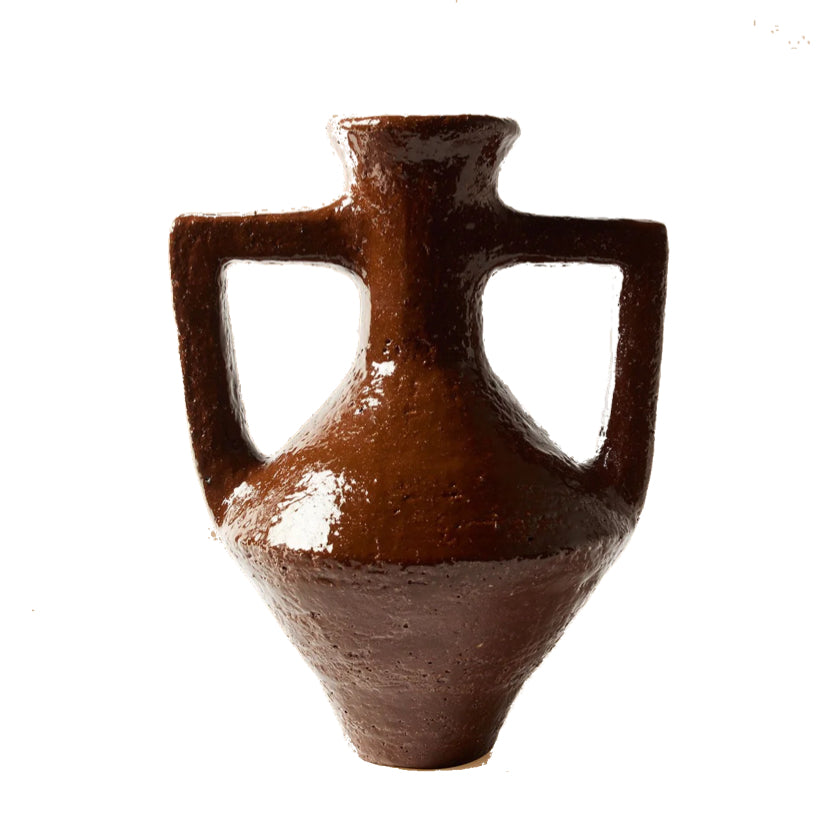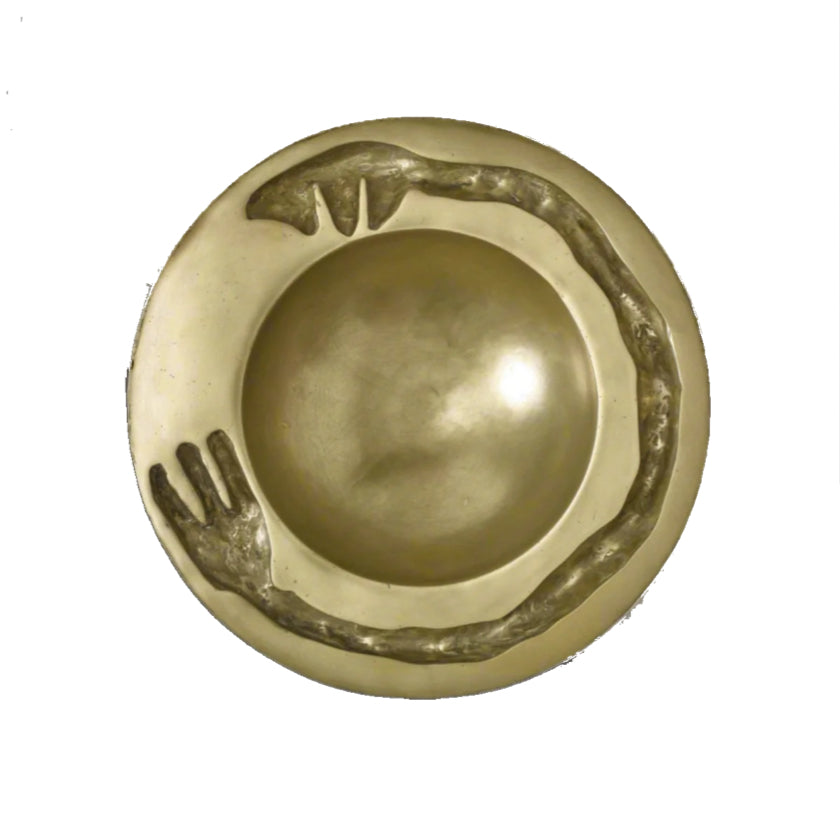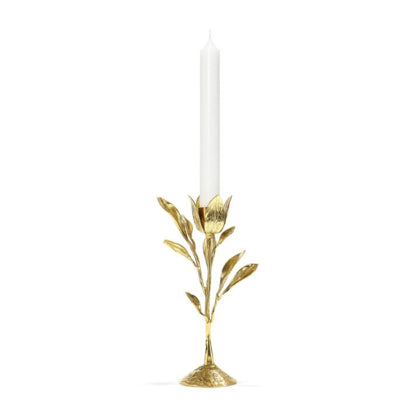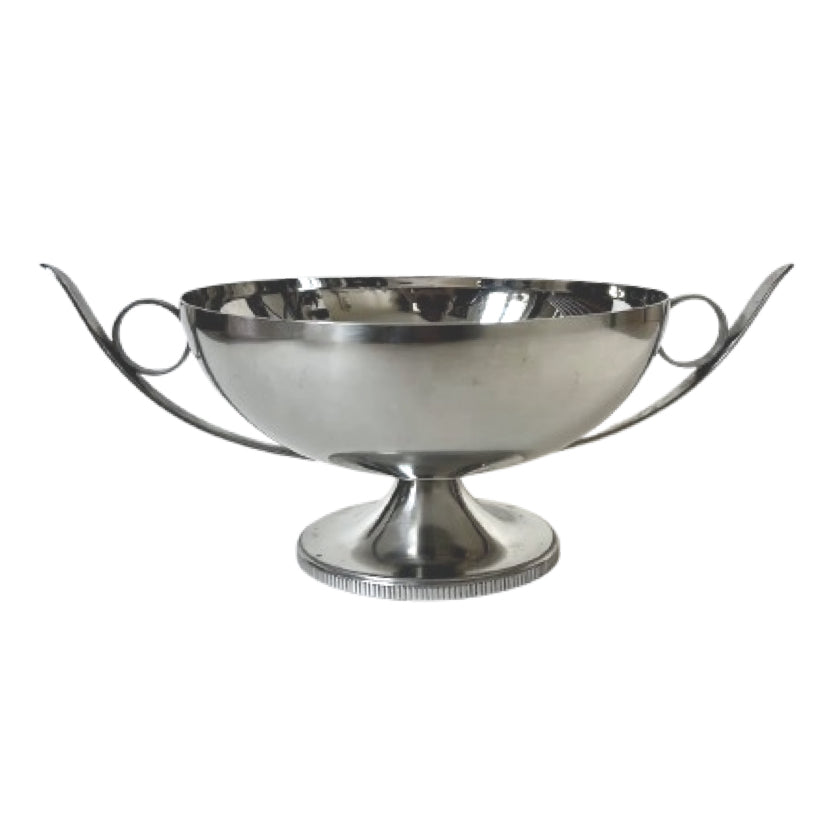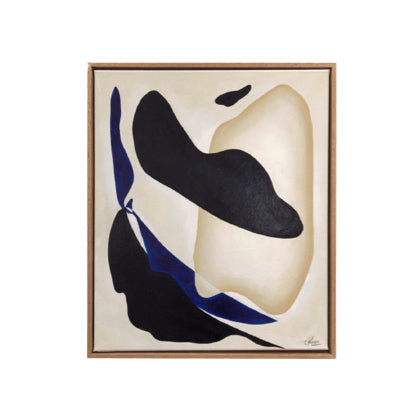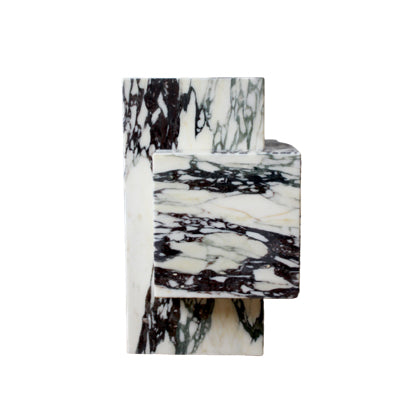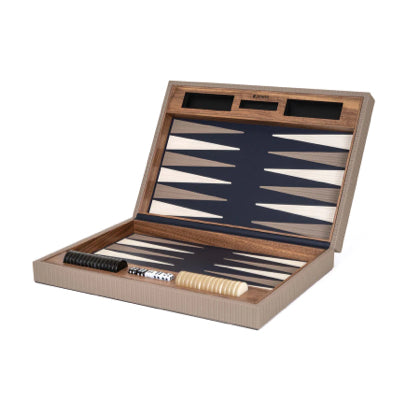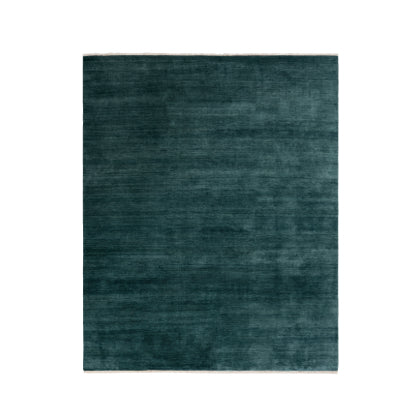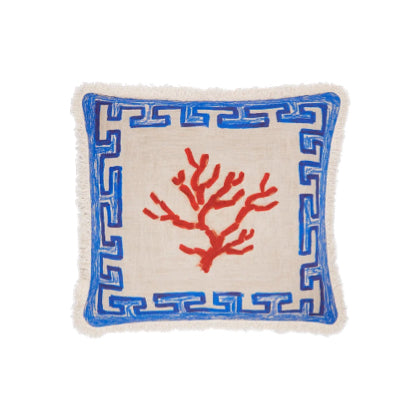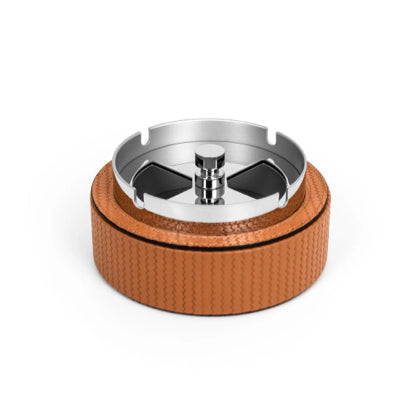Mid century contemporary furniture
Understanding the Allure of Mid Century Contemporary Furniture
The philosophy behind our curation of mid century modern furniture is rooted in the belief that design should seamlessly blend aesthetics with functionality.
In curating this collection, we pay homage to the visionaries who shaped the mid century movement. Their ability to combine form and function has inspired a generation of designers. Each chair, table, and accessory in our selection represents a thoughtful approach to living spaces, emphasizing comfort without compromising on style. These pieces are not merely furniture; they are works of art that invite engagement and conversation.
Furthermore, the versatility of mid century contemporary furniture allows it to harmonize with a variety of modern design styles. Whether you are decorating a minimalist loft or a cozy family home, these pieces can adapt to your vision while maintaining their unique character. This adaptability is what makes our collection special, as it serves as a bridge between past and present, connecting generations through the language of design.
Modern furniture is characterized by its clean lines, minimalistic forms, and functional designs. This style emerged in the early to mid-20th century, reflecting a shift away from ornate styles. Influenced by the Bauhaus movement, pieces often prioritize utility alongside aesthetics. The emphasis on simplicity allows modern furniture to fit seamlessly into various environments, whether in a cozy home or a bustling office. This design philosophy not only celebrates form but also encourages the use of innovative materials, leading to the incorporation of metals, plastics, and woods in new ways.
The cultural significance of modern design cannot be overstated. It represents a break from tradition, embracing new ways of living and thinking. The sleek silhouettes and understated elegance of modern chairs and tables made them popular among designers and homeowners alike. Icons like Charles and Ray Eames or Eero Saarinen contributed to this movement, creating pieces that are timeless yet contemporary. Today, modern furniture continues to inspire new generations, blending functionality with artistic expression, and reminding us of the rich history from which it evolved.
Selecting the right chairs to complement your space is an essential aspect of interior design. Each chair should not only serve its functional purpose but also express your personal style. Consider the materials and colors that resonate with the overall theme of your home. For instance, a sleek, molded plastic chair might contrast beautifully with a rustic wooden table, creating an engaging visual dialogue. Incorporate various textures, such as leather or fabric, to add warmth and depth to your arrangement. Thoughtfully chosen chairs can become statement pieces that elevate the entire room.
When arranging your chairs, think about the flow of the space. Ensure that there’s enough room to move around without obstruction. For smaller areas, consider multi-functional chairs that can be easily stored or stacked. Mixing different styles, like pairing a classic lounge chair with a contemporary dining chair, can also inject personality into your décor. Remember, the goal is to create a harmonious balance between comfort and aesthetics, where each chair enhances the room's character while providing a welcoming atmosphere.

